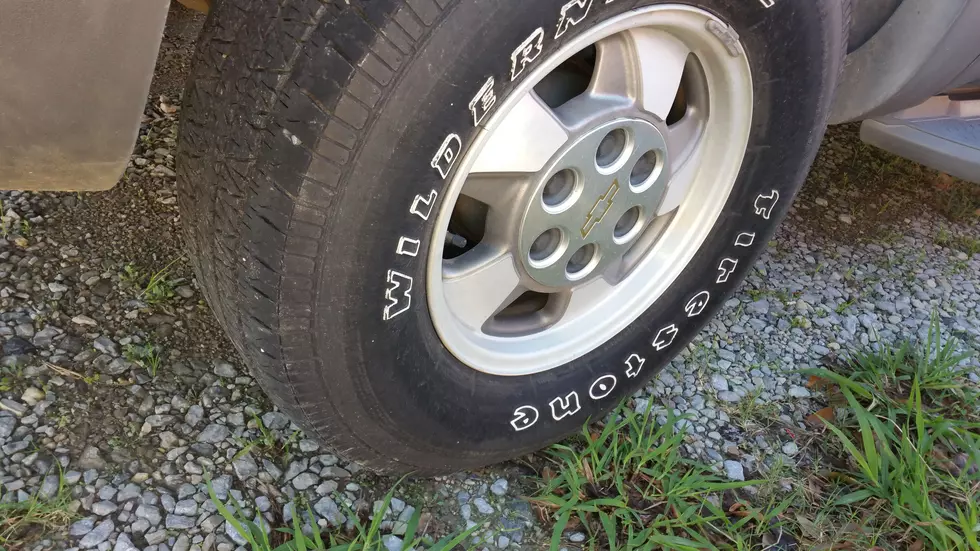
Why Do Tires Lose Air During Cold Weather?
Over the past few days, especially this morning, you woke up to the symphony of "Low Tire Pressure" warnings.
You might even have one go completely flat with there being absolutely nothing wrong with it.
Chances are your tires are fine, it's just the recent turn in colder temperatures.
Why does this happen? There's a very simple explanation.
Why Tires Lose Air In Cold Weather
Air expands when it heats up. Conversely, it also shrinks when it gets cold, thus causing the air pressure in your tires to drop.
Air pressure inside tires drops one to two pounds for every 10 degrees of outside temperature, according to the Rubber Manufacturers Association.
OK, technically the air doesn't "shrink", the colder temperatures just cause the molecules to slow down, causing the drop in tire pressure. When heated, the molecules bounce around, creating higher pressure in your tire.
So what can you do?
Nothing really, other than having a stack of quarters handy. However, make sure you don't lose too much air because it can break the seal between the tire and the rim and you'll have to get it professionally re-sealed.
LOOK: See how much gasoline cost the year you started driving
More From 97.3 The Dawg









